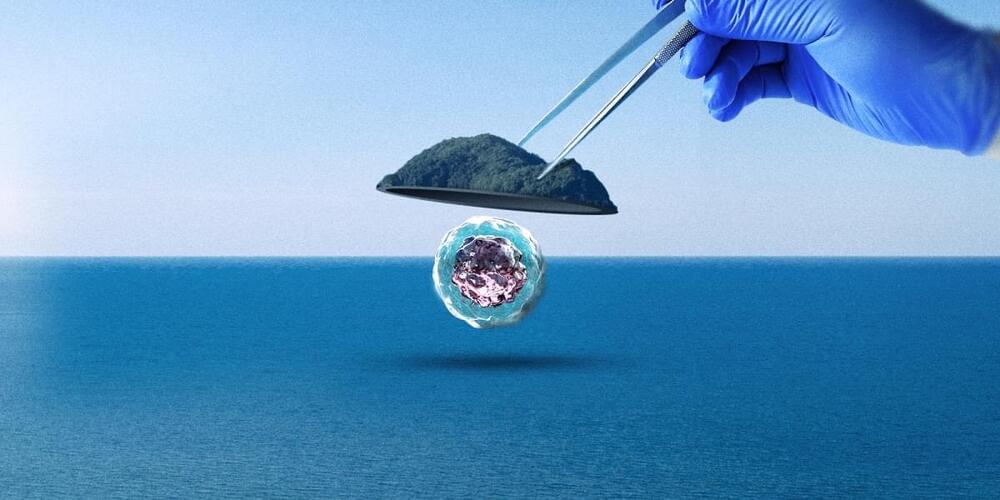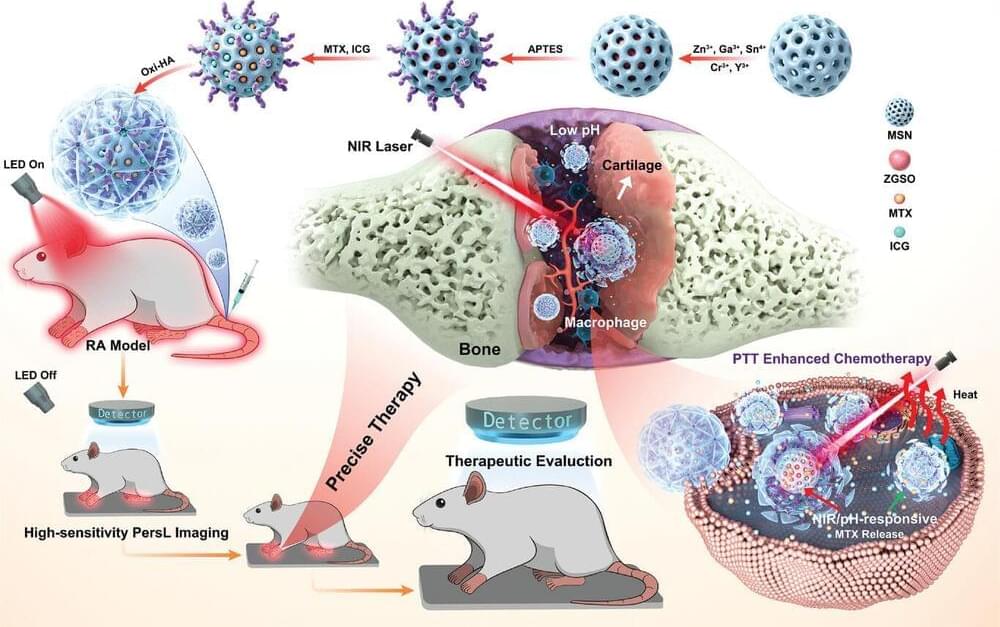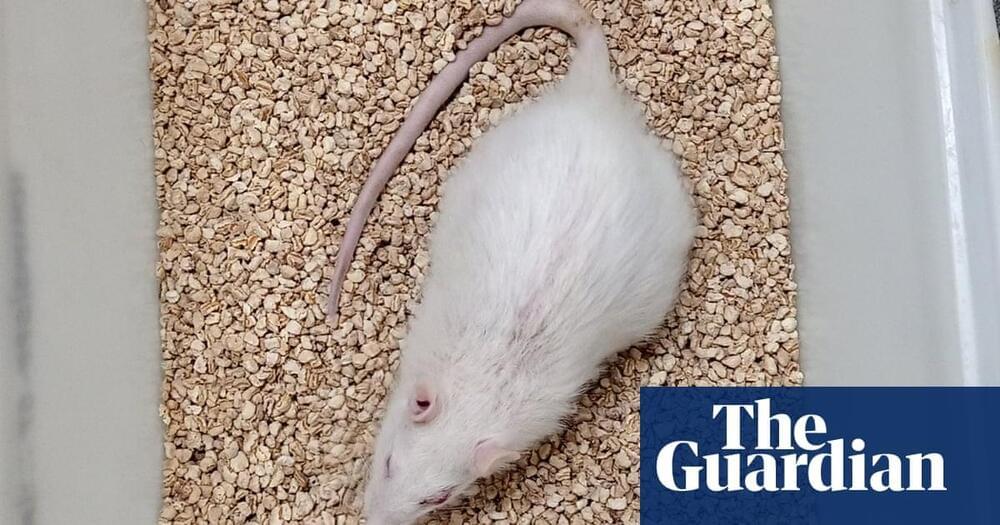Get Nebula using my link for 40% off an annual subscription: https://nebula.tv/medlifecrisis.
Watch this video ad-free: https://nebula.tv/videos/medlifecrisis-how-to-prevent-almost-all-disease.
Watch my conversation with another amazing guest where we discuss the effects and medical uses of recreational drugs https://nebula.tv/videos/medlife-crisis-the-worst-censorship…david-nutt.
It’s the best way to support this channel. Thank you!
You can also check out Real Science’s brilliant Nebula Original series ‘Becoming Human’ https://nebula.tv/becominghuman.
This is an in-depth interview with scientist, author and expert on longevity science, Dr Andrew Steele. We discuss what ageing even is, whether it should be regarded as a disease, how we differ from other animals, where the research is, what treatments look promising, health and economic policy, and what the future looks like.




